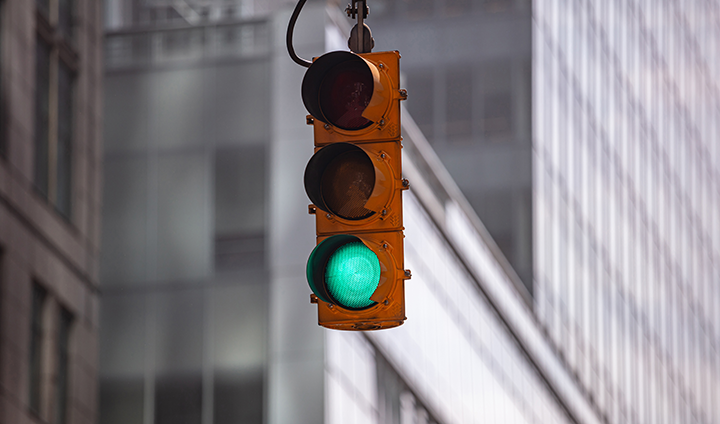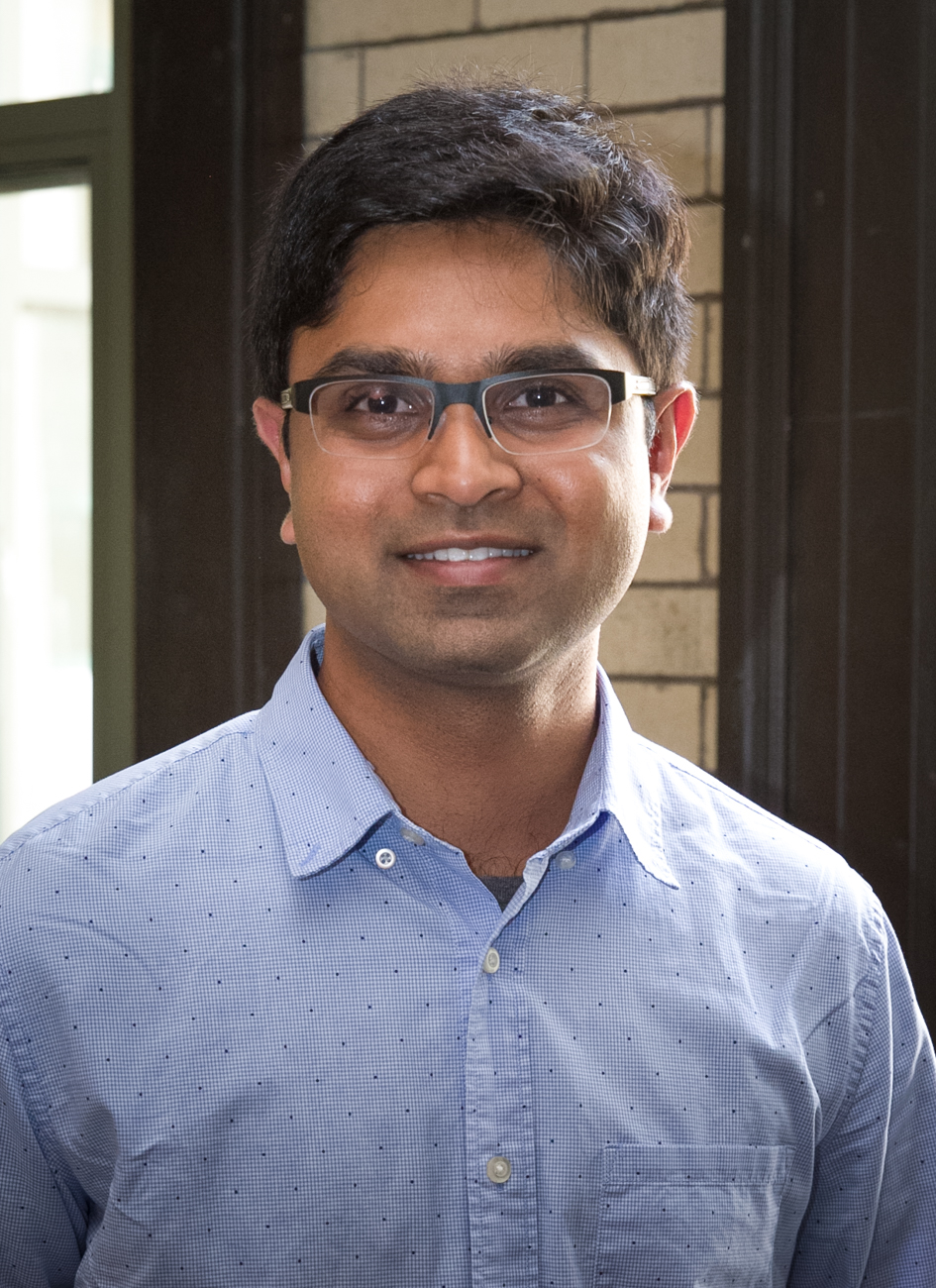
Using Connected Vehicles and Traffic Signals to Improve Transportation Safety
 Imagine your car alerting you that the next traffic signal is about to turn red because the signal “spoke” to it.
Imagine your car alerting you that the next traffic signal is about to turn red because the signal “spoke” to it.
That is a world Navin Katta (MS ’09) is helping create, as part of the team at high-tech start-up Savari, Inc., a company that develops both hardware and software for vehicles that is designed to improve road safety.
Katta joined
Savari’s technology allows vehicles to “speak” to one another so drivers can be alerted if, for example, a car drifts across lanes, turns without signaling, or suddenly emerges from behind an obstruction and into the path of another car. Katta says they expect this technology to reduce the number of vehicle crashes in the United
“What we do here is more on the perception side, so helping the car perceive what is going on around it but not actuating your brakes or accelerator to react to the situation. It still relies on the driver – whether they are human or an autonomous driving computer program,” Katta says. The technology that
In addition, Katta and his team are readying their latest project for deployment as part of New York City’s Connected Vehicle Pilot.
This project uses data transmitted between cell phones and traffic signals to assist visually impaired pedestrians
Having already earned his B.Tech degree at the National Institute of Technology, Trichy, India, Katta says he was attracted to CEE for his master’s because of CMU’s interdisciplinary approach to education, an approach he feels is the best way to approach many issues we face today.
While earning his master’s, Katta was part of the Advanced Infrastructure Systems Group at CEE, where he learned about sensors, data acquisition, and data management. He also took a course in Applied Machine Learning. He says the combination of the two fields got him interested in intelligent transportation.
Katta credits professors and staff with encouraging him to explore his interests while at CMU. Interacting with professors helped him understand the need for a multi-disciplinary approach to
He emphasizes that having an open mind – whether it is about exploring a new culture or what to study, is imperative when considering whether to attend school internationally. Having a goal in mind is important, he says, but students should be open to new ideas about to achieve that goal.
“You also need to find what drives you,” Katta says about determining where to study. “You can design your program to whatever you want it to be.”